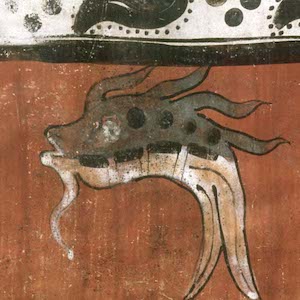Women
Dona Marina, Cortes’ Translator: Nonfiction, Florentine Codex (Nahuatl)
This chapter from the Florentine Codex, a bilingual encyclopedia of central Mexican life and history, was created by the Franciscan friar, Bernardino de Sahagún and indigenous advisors, painters and scribes.
Dona Marina, Cortes’ Translator: Nonfiction, Florentine Codex (Spanish)
This chapter from the Florentine Codex, a bilingual encyclopedia of central Mexican life and history was created by the Franciscan friar, Bernardino de Sahagún and indigenous advisors, painters and scribes.
Dona Marina, Cortes’ Translator: Personal Account, Bernal Díaz del Castillo
Perhaps the most famous 16th-century portrayal of doña Marina, this description is also the most extensive from the period. Díaz del Castillo claims she was beautiful and intelligent, she could speak Nahuatl and Maya.

Caribbean Views
The online collection is of extraordinary quality, both in terms of the scanned images and the contextual detail provided.Puerto Rican Labor Movement: Official Document, Sterilization
Thirty years after Mrs. Roosevelt visited the island of Puerto Rico, working women were still subject to exploitation in the industrial setting—in particular, to coerced sterilization.
Dona Marina, Cortes' Translator: Letter, Hernán Cortés
This excerpt from Cortés’s Second Letter, written to Charles V in 1519 and first published in 1522, is one of only two instances in Cortés’s letters to the King that explicitly mentions his indigenous translator.
Holocaust Girls/Closet
This short story by fiction writer, S.L. Wisenberg, sheds light on the influence of Anne Frank on the imagination and identity of Jewish girls growing up in postwar America.

Maya Vase Database: An Archive of Rollout Photographs
The vases include scenes of palace life, mythology, warfare, and animals.
Great Unsolved Mysteries in Canadian History
Students may begin by focusing on 'solving' the crime itself, but along the way will be drawn into the consideration of wider issuesThe Book of Rites, Early Education and Gender Differentiation
In early China, aristocratic boys are said to have studied the Asix arts. Specifically, this referred to ritual, archery, charioteering, music, writing, and mathematics, all skills associated with government, warfare, and religious and court ritual.